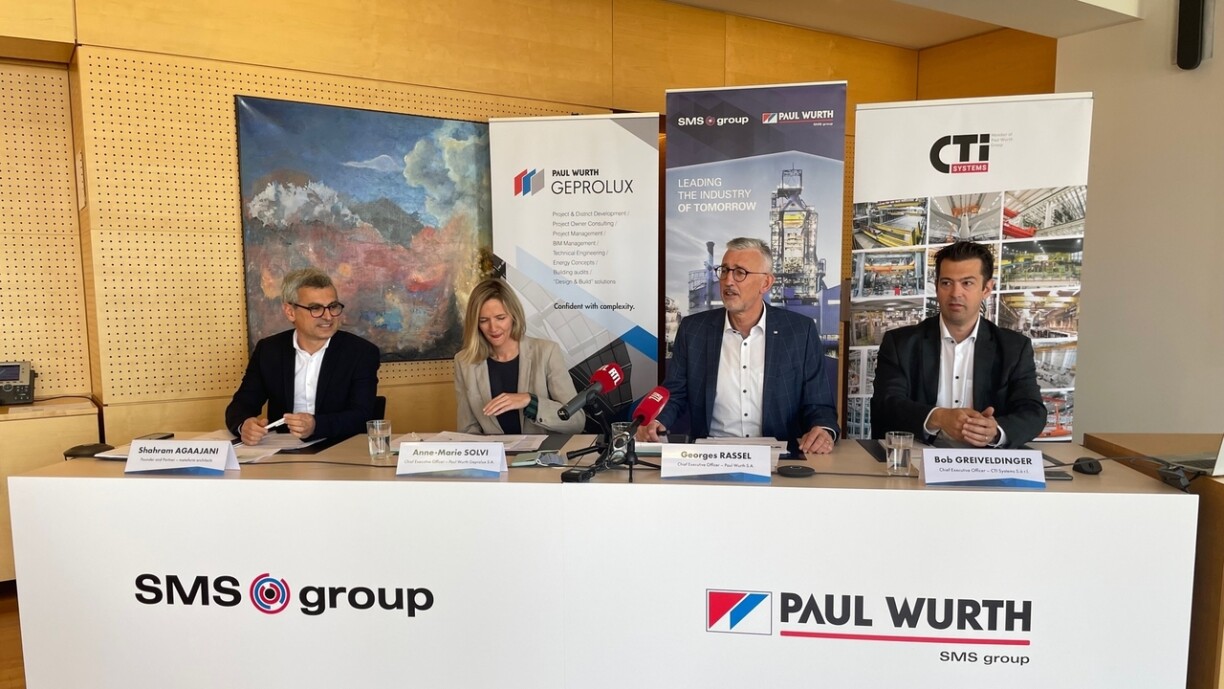
This was a relief after orders had dropped to 400 million euros in 2020 due to Covid, said Georges Rassel, head of Paul Wurth S.A. By contrast, last year represented the highest number of orders in the last 10 years.
But 40 percent of these orders came from Russia, mostly in the construction of blast furnaces. This is up from 4 percent in Russian orders in 2019. A short-lived boom, then, as Paul Wurth have suspended their operations in Russia following the war in Ukraine. The office in Mariupol was closed, and of the 5 staff, 3 women were evacuated to Luxembourg. In the short term, the loss of activities has been compensated elsewhere, explains Rassel, as the projects were only in the planning stages.
Reducing the dependency on Russian gas means there is a shift to hydrogen. Paul Wurth has a pioneering role in the work of replacing gas with hydrogen and fitting blast furnaces to produce less carbon. The technology of decarbonising the steel industry is being further developed, knowing that the industry is responsible for 7 to 8 percent of carbon emissions worldwide.
Hydrogen also opens new opportunities for Paul Wurth with synthetic kerosene in the aviation sector. By 2030, 0.7 percent of aviation fuel must be made up of this so-called e-kerosene. Paul Wurth expects to be able to produce 0.4 million tons by then.
The company will also move their headquarters to the “New Hollerich” neighbourhood, a mere 100 meters from their current HQ, where they have been for 150 years. The new building was designed by Metaform Architects.
Paul Wurth Group SA and its subsidiaries CTI Systems Sarl and Geprolux SA employ around 650 people in Luxembourg. Last year, the Luxembourg government sold its shares to German SMS Group, who is now sole proprietary.